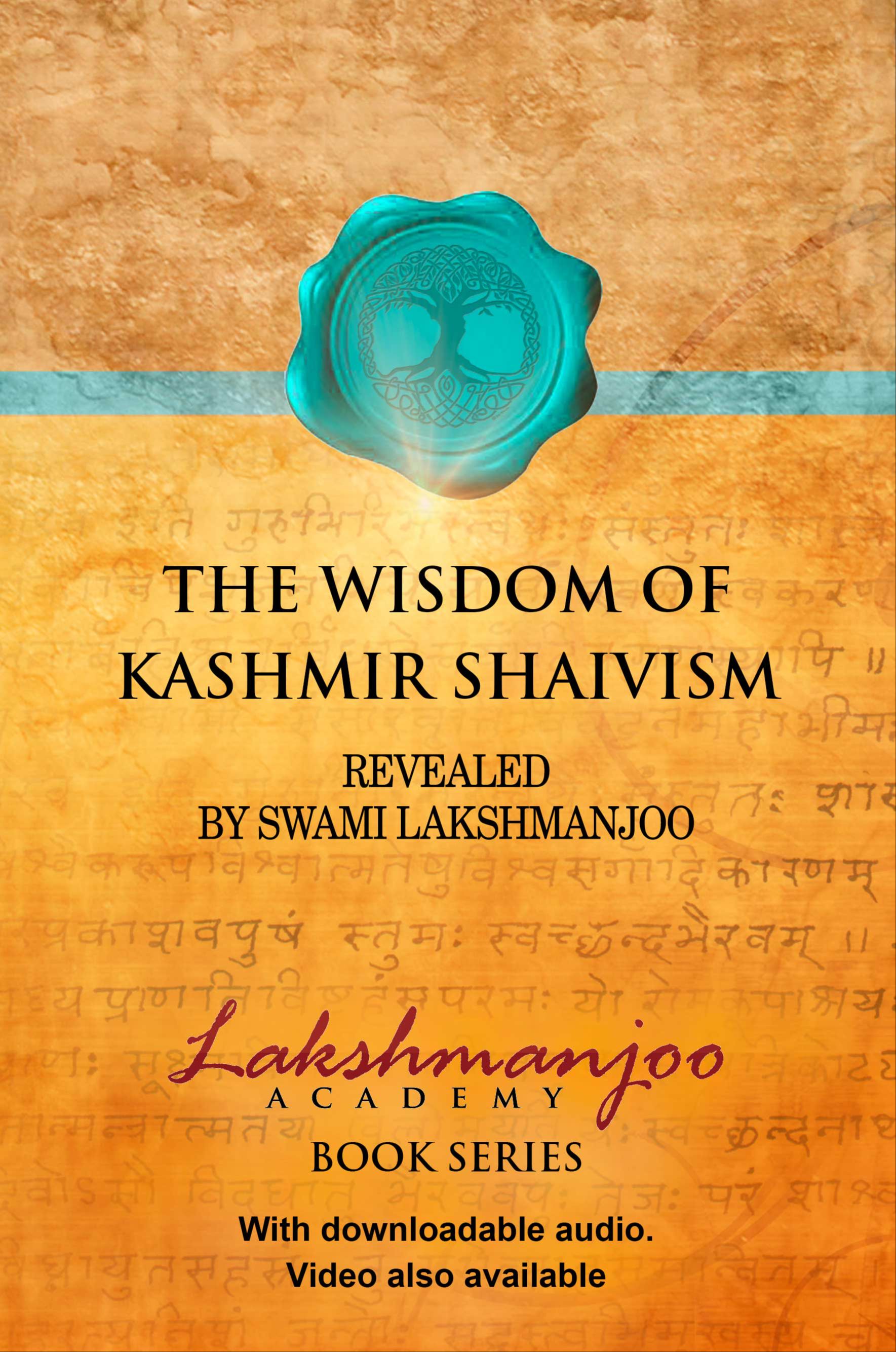
This is part two of an excerpt from the transcript of the audio that was the basis of the book Kashmir Shaivism, The Secret Supreme, book with free audio.
We offer an in-depth study of the “Tattvas (Elements); The Building Blocks of Creation according to Kashmir Shaivism” as an online course on our website, which includes Q&A and discussions by John, Denise Hughes and George Barselaar, who studied and lived for many years with Swami Lakshmanjoo.
“These thirty-six elements are the most important points for entering in Shaivism.”
~Swami Lakshmanjoo
Continued from the previous blog post "The Bondage of Purusha in Kashmir Shaivism - Tattvas (Elements) Part Three".

Śuddha tattvas – Pure Elements
Now tattvas will come in subjectivity. We have to begin now tattvas in subjectivity, connected with subjectivity. Those were objectivity cum subjectivity.
JOHN: Those were objectivity cum subjectivity.
SWAMIJI: First portion was objectivity.
JOHN: From antaḥkaraṇa to māyā was objectivity . . .
SWAMIJI: . . . cum subjectivity because ego is also connected with these. When you reach home you will again listen to the same explanation of these tattvas from this.
DENISE: Yes, that will be helpful.
JOHN: That’s why we have it so we can hear.
Now these coverings are connected with subjectivity.
SWAMIJI: Subjectivity: i.e. pure subjectivity, purer subjectivity, and purest subjectivity. This is the course of puruṣa to be done in subjectivity. This is subjective course for puruṣa to be done for rising.
JOHN: For rising from subjectivity to pure subjectivity to purest subjectivity.
SWAMIJI: Pure subjectivity is called śuddhavidyā tattva, when he actually realizes his own nature, but that realization is not stable. It is flickering, it is moving. That realization is in movement; sometimes you realize it, sometimes you forget it. And this śuddhavidyā-parāmarśaḥ is, “I am Śiva this universe is in duality. This universe is unreal I am Śiva.”
JOHN: So “I am Śiva, this universe is unreal.”
SWAMIJI: Unreal. This impression comes in śuddhavidyā tattva. And this is pure subjectivity. Now purer subjectivity will come next, purer subjectivity will come in next two tattvas.
JOHN: Next two.
SWAMIJI: Next two tattvas: īśvara tattva and sadāśiva tattva. Īśvara tattva and sadāśiva tattva.
DENISE: How do you spell that?
SWAMIJI: Īśvara tattva and sadāśiva tattva. In īśvara tattva you realize that this universe is my own expansion. It is not illusion. On the contrary this universe is my own expansion. In īśvara tattva this realization takes place.
And in sadāśiva tattva, sadāśiva tattva is more fine, the same but finer than īśvara tattva. In sadāśiva tattva you realize that I am this whole universe. There is difference between that impression and this impression. In īśvara . . . you’ll repeat.
JOHN: That this universe is my own expansion, but this is identity and the other one you still see a duality in īśvara tattva.
SWAMIJI: Yes. But here in sadāśiva tattva you’ll find, “I am this whole universe. I am myself this whole universe.”
JOHN: Tattvamasi!
SWAMIJI: Yes. This is the subjectivity in purer form, these two tattvas.
Now will come the subjectivity in purest form. That is śakti tattva and śiva tattva. The impressions in these is only I, pure I, universal I. “I am not this whole universe,” not. “This universe is my own formation,” that also not.
JOHN: Just I.
SWAMIJI: Just only I, pure I, universal I. And these two tattvas are interdependent, śakti and śiva.
JOHN: Yes, that is very difficult for me to . . . this relationship between śakti tattva and śiva tattva is one of the great differences between Kashmir Shaivism and Advaita-vedānta is it not?
SWAMIJI: Yes. Yes. This is the most important point you have to put in afterwards when you begin your thesis, writing.
JOHN: This is very . . . vimarśa.
SWAMIJI: And the last is transcendental being. That is not in tattvas. That won’t come in tattvas.
JOHN: Parama śiva is that.
SWAMIJI: That is called Parama śiva. And the formation of Parama śiva is not in śiva tattva, is not in śakti tattva only, is not here, is not here, is not here only, is not . . .
JOHN: . . . not in any of the other tattvas.
SWAMIJI: Everywhere you will find. You will find him from this point to this tattva. That is transcendental being.
JOHN: So then we can’t say that he is at that one level and then everything comes out, but he is all levels.
SWAMIJI: He is all levels. It is why he is no level. He is everywhere it is why he is nowhere. The one being who is everywhere is nowhere. Do you follow?
DENISE: Yes, I do. Well . . . [???]
SWAMIJI: This is the question of transcending, transcending consciousness.
JOHN: Would you say this correspond to Brahman somewhat, to the notion of pure consciousness in Vedānta?
SWAMIJI: Vedānta, yes.
JOHN: Vedānta, pure consciousness itself. And . . .
SWAMIJI: But Shaivism says that Vedānta has not experienced these . . .
JOHN: Tattvas
SWAMIJI: . . . these super tattvas.
JOHN: Like sadāśiva and īśvara tattva and those.
SWAMIJI: Yes.
End.
Also available as an on-demand online course: “The Tattvas (Elements)
The Building Blocks of Creation in Kashmir Shaivism“.






